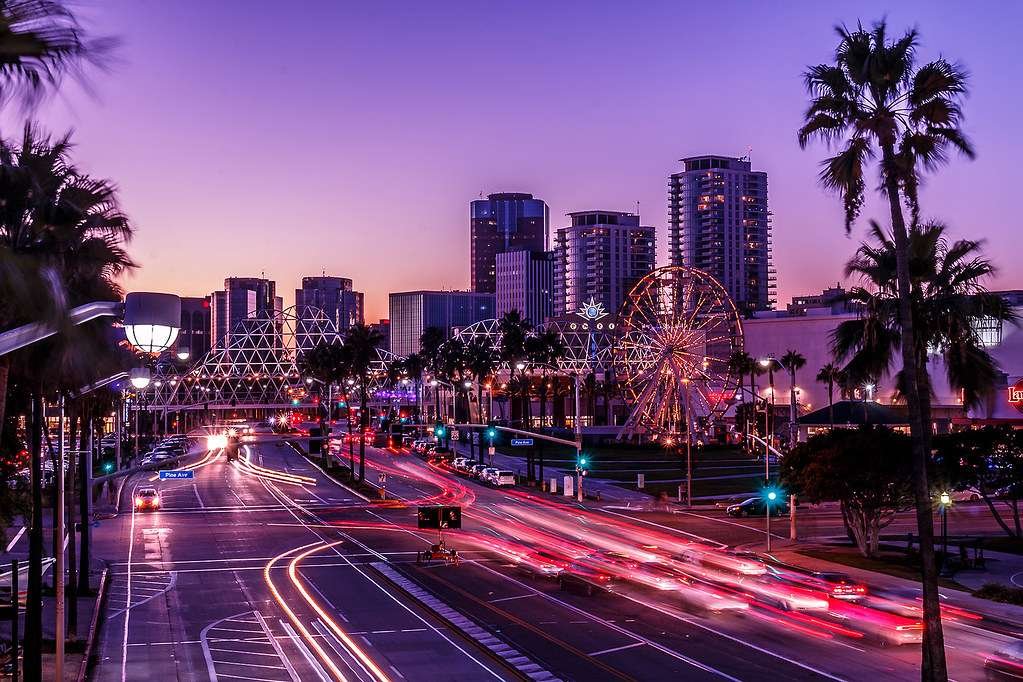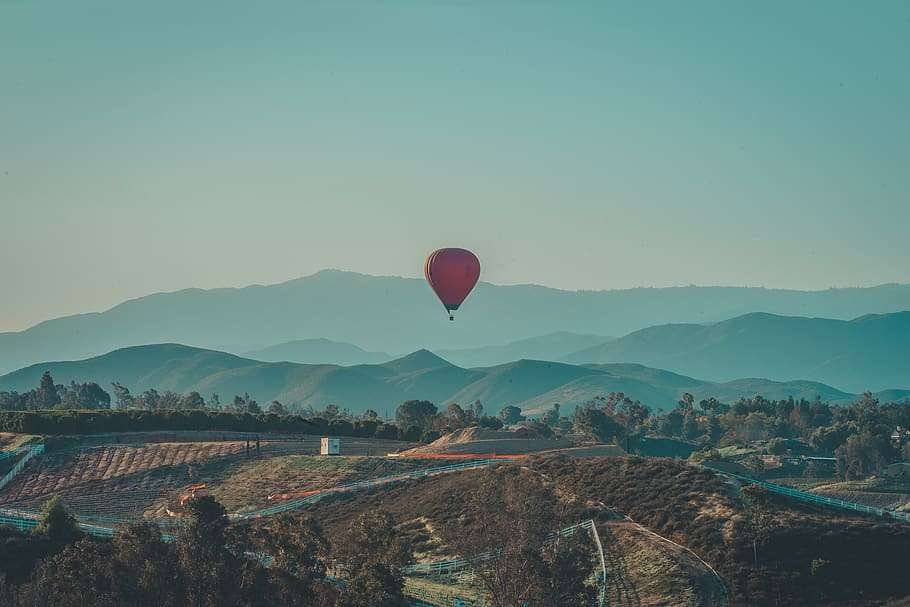Glacier National Park, also known as the “Crown of the Continent,” is nestled amid the rugged Rocky Mountains. Best time to visit montana glacier national park For those who enjoy the natural world, this park is a dream come true with its jaw-dropping scenery, glittering alpine lakes, and varied animals. The ideal time to visit, though, will rely on your interests—best time to go to glacier national park montana, hiking, scenic driving, or just enjoying the amazing views.
READ ALSO: Travel Solo Female in US
Glacier National Park Across the Seasons
Spring in Glacier National Park
Spring in Glacier National Park is a season of rebirth ranging late April through June. Melting snow gives place to wildflower blossoms and roaring rivers. While many higher-elevation paths and roads are closed until mid-June, the lower valleys are ideal for discovering the waking splendor of the park.
What to Expect:
- Limited access to high-altitude areas.
- Cooler temperatures (30°F to 60°F).
- Perfect for birdwatching and photography.
Summer in Glacier National Park
Peak season in Glacier falls on summer, July to early September. This is when the well-known Going-to– the Sun Road opens entirely to provide access to the trailheads and breathtaking views of the park. Hiking, camping, and boating find perfect conditions on long, sunny days.
What to Expect:
- Temperatures ranging from 45°F to 80°F.
- Crowds, especially in July and August.
- All facilities, roads, and trails are open.
Fall in Glacier National Park
Fall—mid-September to October—offers a more subdued, more personal experience. Perfect for trekking and photography, the golden tones of larch trees and clean air make a wonderful environment. But certain highways and utilities start to close around middle October.
What to Expect:
- Cooler days (30°F to 60°F).
- Reduced crowds and lower accommodation costs.
- Excellent opportunities for wildlife spotting.
Winter in Glacier National Park
Glacier becomes a calm snowy paradise in winter, November through April. Even though most roads are closed, places like Apgar Village and the Lake McDonald region are still reachable.. Snowshoeing, cross-country skiing, and quiet seclusion all find perfect conditions in winter.
What to Expect:
- Temperatures ranging from 10°F to 30°F.
- Limited access to facilities and trails.
- A tranquil, uncrowded park experience.
Choosing the Best Time Based on Activities
Hiking and Nature Exploration
When routes are snow-free late June through September, hiking is ideal. Beautiful views and varied wildlife observations abound on trails including the Highline Trail and Hidden Lake Overlook. Early mornings and weekdays are ideal for summer avoidance of crowds.
Scenic Drives
Usually starting in late June and ending in mid-October, the famous Going-to- the- Sun Road For alternate picturesque drives in the offseason, investigate the east or west gates of the park.
Water Activities
Water activities are best enjoyed in summer. Must-tries are kayaking, boating, fishing on Lake McDonald or Two Medicine Lake. Plan beforehand; some activities may call for permits.
Photography and Stargazing
For photographers, Glacier is a wonderland. Fall presents amazing foliage, while the snow-drenched scenes of winter create dramatic contrasts. The status of the area as a Dark Sky area makes summer evenings ideal for astronomy.
Key Events and Festivals in and Around Glacier
- Spring Events: Celebrations of Earth Day and ranger-led birdwatching trips.
- Summer Highlights: Native American cultural events, guided walks and wildflower treks.
- Fall Celebrations: Harvest celebrations and courses on photography.
- Winter Festivals: Holiday meetings at Apgar Village and snowshoe excursions.
Pros and Cons of Each Season
Summer (Peak Season)
- Pros: Full access to park amenities, perfect temperature, and lots of events.
- Cons: Higher lodging rates and crowd.
Fall (Shoulder Season)
- Pros: Less travelers, breathtaking autumn colors, and pleasant temperature.
- Cons: Less daylight hours and few facilities.
Winter (Off-Season)
- Pros: Quiet isolation, distinctive snow-covered scenery, reasonably priced accommodation.
- Cons: Restricted access to tracks and roads.
Spring (Quiet Season)
- Pros: Beautiful wildflowers, less people visiting, and thundering waterfalls.
- Cons: limited access to better altitudes and cooler temperatures.
Budget Planning for Your Glacier Visit
- High-Season Costs: In summer, expect more for lodging and activities.
- Off-Season Savings: Take advantage of less traffic in spring and fall and hotel discounts.
- Tips: Book early, pack your own tools, and make use of free ranger programs.
Insider Tips for Visiting Glacier National Park
- Avoiding Crowds: Especially in summer, visit early in morning or late afternoon.
- Packing Essentials: Pack layers, robust hiking boots, a reusable water bottle, and bear spray.
- Be Flexible: Glacier’s fast changing weather requires backup strategies.
FAQs
1. When is the Going-to-the-Sun Road open?
typically from late June to mid-October, depending on the amount of snow.
2. What’s the best time for wildlife spotting?
Viewing creatures like bears, mountain goats, and elk best comes in spring and fall.
3. Can you visit Glacier National Park in the winter?
Indeed, despite limited access, winter presents special pursuits including cross-country skiing and snowshoeing.
4. Are there family-friendly activities year-round?
Yes! Options run from summer ranger programs to winter sledding.
5. How do you prepare for changing weather conditions in Glacier?
Dress in layers, check the weather often, and pack basics including additional snacks and rain gear.

